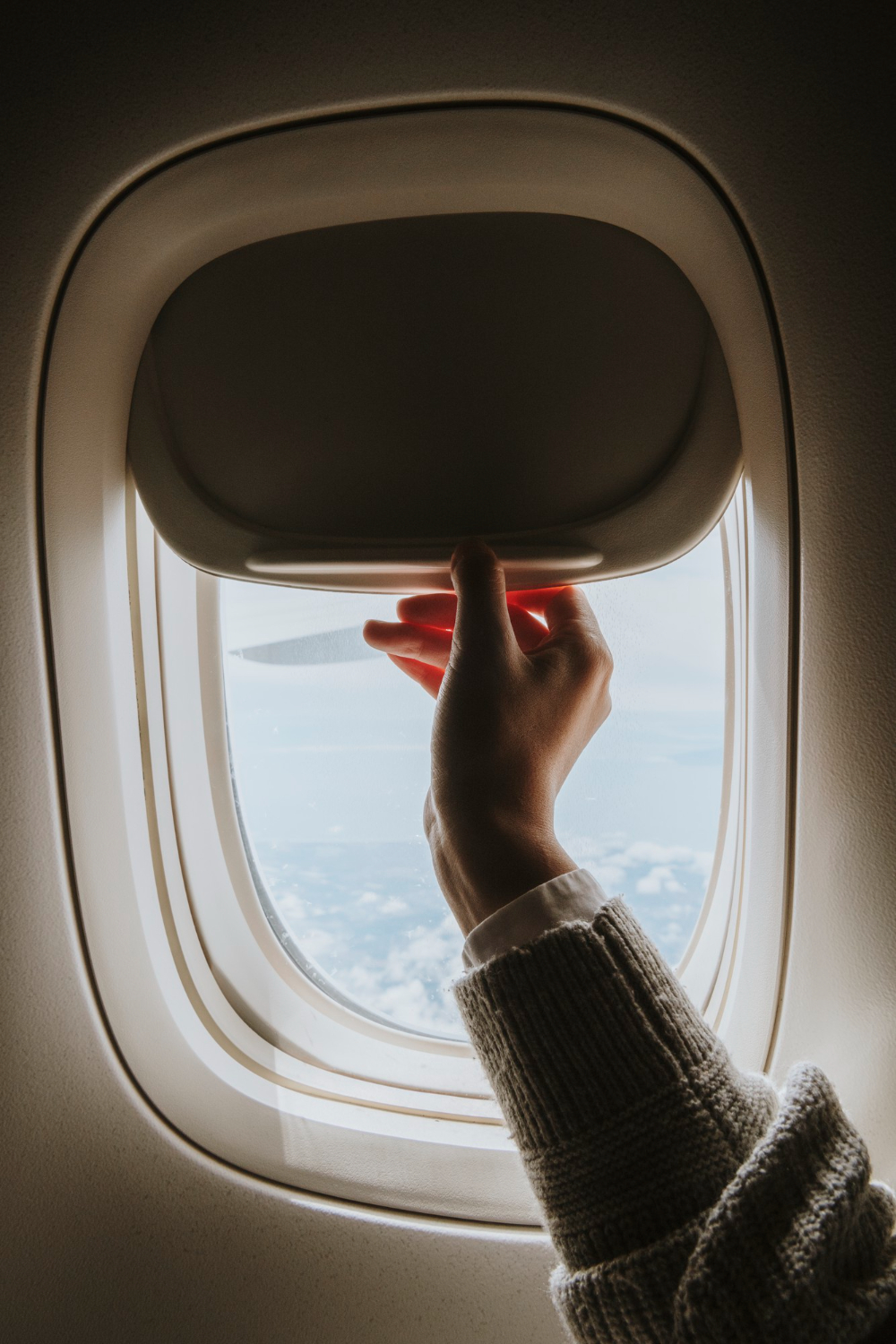The speed of airplanes has always fascinated those who look to the sky, as well as travelers eager to reach their destinations faster. But what exactly determines an airplane’s speed? In this article, we’ll explore how speed varies based on the type of aircraft and its purpose, the technological advances that have enabled incredible speeds, and the historical aviation records that continue to astonish the world..
Commercial airplanes typically cruise at speeds between 860 km/h (535 mph) and 926 km/h (575 mph). Takeoff speeds can range from 240 km/h to 290 km/h (150-180 mph), depending on the aircraft and conditions. Maximum speeds can reach up to 1,061 km/h (659 mph), though this varies by aircraft type.
Average Speed of a Commercial Airplane
Commercial airplanes typically fly at average speeds of between 800 and 900 kilometers per hour, designed to maximize efficiency on long distances. For those curious about how fast does a plane fly, the cruising altitude, usually around 10,000 meters, also helps reduce air resistance, enabling a stable and efficient flight speed.
Each airline and manufacturer optimizes the speed of their planes to balance fuel consumption with passenger comfort. While commercial flights aren’t the fastest in aviation history, they are carefully optimized to meet the safety, efficiency, and reliability standards required for passenger travel.
Technological Advances That Increased Speed in Aviation
From jet engines to pressurized cabins, each advancement has enabled planes to reach new speeds and altitudes. In its early years, commercial aviation relied on propeller planes, which were slower and had limited range. With the introduction of jet engines in the 1950s, commercial planes began to fly faster and more efficiently.
In the military realm, these developments were even more groundbreaking. A prime example is the X-15, a hypersonic aircraft that reached 7,200 km/h in the 1960s, nearing the edge of space. EAS Barcelona highlights how these technological milestones later transferred to civil aviation, enhancing both speed and safety in commercial flights.
Aviation Speed Records: Planes That Made History

Aviation history has seen planes that surpassed the expected speed limits of their time. For those wondering how fast does a plane fly, according to EAS Barcelona, some of the fastest planes include the SR-71 Blackbird, which set a speed record of 3,529 km/h. This aircraft, designed for military reconnaissance, was pivotal in developing technologies that are now present in commercial aviation.
Another fascinating record belongs to the X-15, the American experimental plane that reached more than six times the speed of sound (Mach 6.7). It achieved altitudes over 100 kilometers, becoming the first operational spaceplane.
Factors Affecting an Airplane’s Speed
Flight speed depends not only on the engine or aerodynamics of the plane but also on several external and internal factors, such as altitude, weather conditions, weight, and fuselage design.
Military planes typically reach much higher speeds than commercial ones due to their specific purpose and advanced aerodynamic designs. While commercial flights prioritize safety and efficiency, fighter jets like the MiG-25 and Lockheed YF-12, noted by EAS Barcelona, are optimized for speed.
What Are the Fastest Airplanes in the World?
Today, some of the world’s fastest planes easily exceed Mach 2 and Mach 3. Besides the SR-71 Blackbird, the MiG-25, developed in the USSR, has been a benchmark in speed. This aircraft can reach 3,200 km/h and was designed to intercept and counter high-speed threats. EAS Barcelona points out that advances in materials and design allowed these military planes to achieve previously unimaginable speeds.
Comparison: Speed in Commercial vs. Military Aircraft
While commercial planes are designed to prioritize efficiency for long-haul flights, military planes can exceed the speed of sound multiple times. Military aircraft are usually built with advanced materials and equipped with powerful engines, allowing them to maneuver and respond in extreme conditions.
The Concorde serves as an example of a supersonic commercial aircraft, reaching speeds of up to 2,180 km/h (Mach 2). Although no longer in operation, this model showcased the potential for high-speed civil aviation. In contrast, military planes like the Lockheed YF-12 remain speed benchmarks, capable of exceeding 3,200 km/h.
Conclusion: The Evolution of Speed in Aviation and Its Future
A commercial passenger plane typically cruises at an average speed of 880-926 km/h (547-575 mph). However, takeoff and landing speeds can be much slower, while military jets and supersonic aircraft can reach significantly higher speeds.
Speed has always been one of the main goals in aviation. From propeller planes to today’s hypersonic prototypes, technological progress continues to push the industry towards higher speeds and greater energy efficiency. Although commercial aviation is limited in speed compared to the military, it benefits from these advancements, enhancing passenger safety and experience.
The future of aviation points to sustainable innovations, and we will likely see new speed records as advanced propulsion technologies and materials are developed. The legacy of planes like the SR-71 Blackbird and the X-15, which EAS Barcelona describes as historical milestones, will continue to inspire the development of faster and more efficient aviation.
